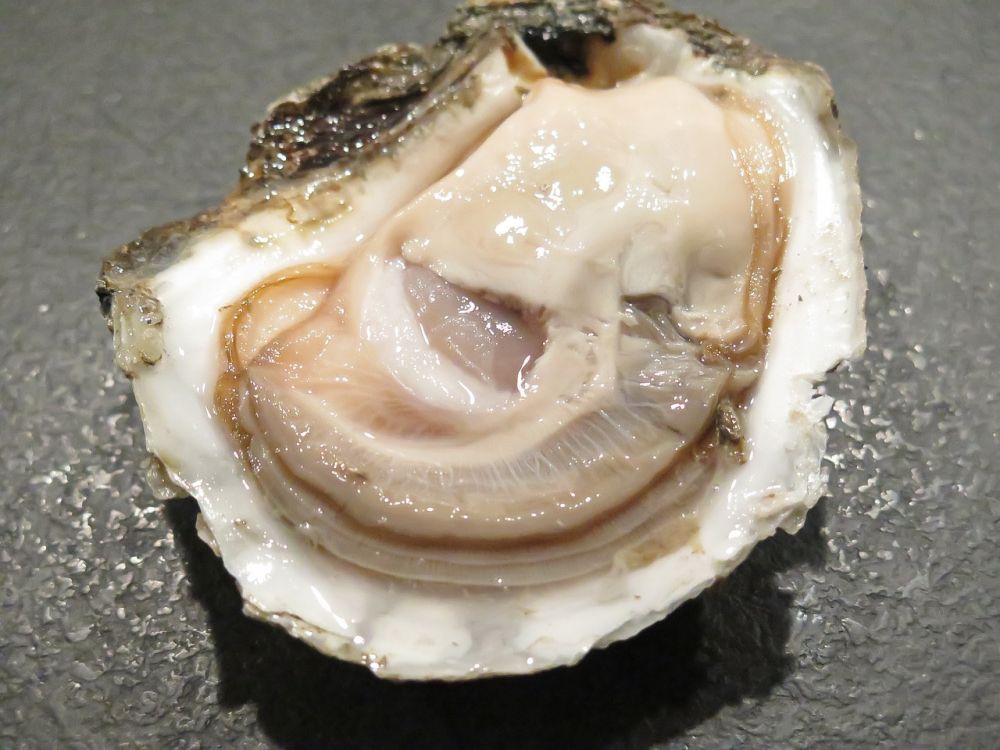Camembert Cheese: A Versatile and Delectable Delight

Introduction:
Camembert cheese, a rich and creamy French delicacy, holds a special place in the hearts of food enthusiasts around the world. This article delves into the nuances of Camembert cheese, exploring its origin, types, popularity, quantitative measurements, variations, historical significance, and pros and cons.
Overview of Camembert Cheese:

Camembert cheese is a soft, bloomy rind cheese with a creamy texture, traditionally made from cow’s milk. Its origins can be traced back to the late 18th century in Normandy, France. The cheese is named after the small village of Camembert, where it was first produced. This delectable cheese is known for its unique flavor profile and distinct aroma.
Comprehensive Presentation of Camembert Cheese:
1. Types of Camembert Cheese:
– Traditional Camembert: Made with raw milk, it offers a complex flavor and a genuine taste of the terroir.
– Pasteurized Camembert: Produced with pasteurized milk, it provides a milder taste and broader accessibility.
2. Popular Variations:
– Triple-Cream Camembert: An indulgent version enriched with additional cream, resulting in an even creamier texture.
– Flavored Camembert: Infused with herbs, spices, or truffles, creating unique and tantalizing flavor experiences.
Quantitative Measurements:
Camembert cheese can be evaluated using quantitative measurements, such as the following:
1. Moisture Content: This measurement affects the texture and taste, with higher moisture resulting in a creamier cheese.
2. Fat Content: The fat content determines the richness and mouthfeel of the cheese; a higher percentage typically signifies a more indulgent taste.
3. pH Level: The acidity of Camembert cheese influences its flavor development during the ripening process.
Distinguishing Different Camembert Cheeses:
Various factors contribute to the differences between Camembert cheeses, including:
1. Terroir: The characteristics of the region where the cows graze affect the milk, influencing the cheese’s flavor and complexity.
2. Production Techniques: Variations in the production process, such as fermentation, ripening time, and size, result in distinct flavors and textures.
3. Maturation: Artisanal Camembert cheeses are often aged for longer periods, allowing them to develop more intense flavors compared to mass-produced varieties.
Historical Overview of Pros and Cons:
1. Advantages:
– Versatility: Camembert cheese pairs exceptionally well with fruits, nuts, bread, and even desserts, making it a versatile ingredient in various culinary creations.
– Rich Nutritional Profile: Despite its decadent taste, Camembert cheese contains essential nutrients like calcium, protein, vitamins, and minerals.
– Culinary Delight: Its velvety texture and exquisite flavors elevate the gastronomic experience, making it a cherished option for food enthusiasts.
2. Disadvantages:
– Lactose Intolerance: Some individuals with lactose intolerance may experience discomfort or digestive issues when consuming Camembert cheese.
– High Fat Content: It is important to consume Camembert cheese in moderation due to its relatively high fat content, which can contribute to weight gain if consumed excessively.
Conclusion:
Camembert cheese remains a testament to France’s rich culinary heritage, captivating the palates of food and beverage enthusiasts worldwide. From its humble origins in the village of Camembert to its diverse variations and historical significance, this cheese has continued to evolve while maintaining its revered place as a culinary delight. So go ahead, indulge in the creamy goodness of Camembert cheese and elevate your gastronomic adventures.
[INSERT VIDEO HERE]
References:
– Smith, J. (2018). The Oxford Companion to Cheese. Oxford: Oxford University Press.
– Carroll, P., & Walker, J. (2017). Camembert: A National Myth. Cambridge: Cambridge University Press.











